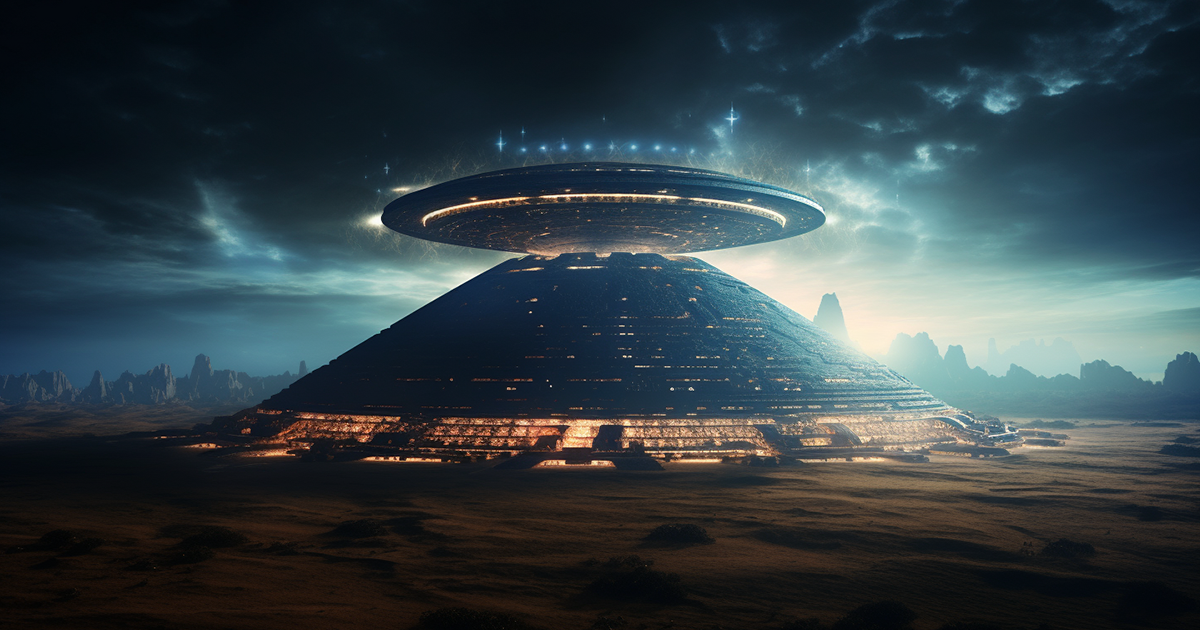Amidst the lively streets of New York City, an enthralling event unfolded. Magician David Blaine showcased a daring spectacle, submerged in a million volts of electric energy, protected only by a suit of armor. This extraordinary performance raises a fundamental question: Is the wonder that enthralls our senses a reflection of a hidden, underlying truth? This question is not new; across centuries, individuals like Blaire have pushed the boundaries of human potential, sparking contemplation on the true scope of our capabilities.
Take, for example, the mysterious 7th-century Japanese sage, En no Gyoja. Banished for his alleged mystical powers, En no Gyoja established the groundwork for Shugendo, a practice of intense physical and spiritual discipline believed to unlock supernatural abilities. In contrast to Western magical beliefs, Shugendo emphasized self-improvement and unmatched resilience.
En no Gyoja’s life overflowed with tales of extraordinary feats, like commanding spirits and surviving numerous execution attempts. These legends, symbolizing human curiosity and ambition, mirror an enduring fascination with surpassing our perceived limits.

This fascination transcends individual historical figures. Across diverse cultures and eras, consistent stories emerge of individuals achieving extraordinary powers, potentially influenced by otherworldly insights. This notion raises the captivating possibility of such abilities being encoded in our genetic makeup, a heritage from ancient, advanced beings.
Consider the depiction of the Watchers in the Book of Enoch. These celestial beings descended on Mount Hermon, imparting forbidden knowledge to humanity. This narrative aligns with tales in various cultures, where divine or semi-divine entities bestowed advanced wisdom upon humans, often at great personal cost. The Watchers, for instance, were believed to have instructed humans in various fields, from magic and medicine to metallurgy and sciences.
The enigmatic figure of Shemyaza, a prominent Watcher, presents a thought-provoking scenario. In certain accounts, depicted as a benefactor of humanity, he challenges traditional views of beings like Satan. Was Shemyaza an extraterrestrial entity aiding human progress? Such questions encourage a reevaluation of historical accounts and the origins of our societal structures.
Delving deeper brings us to the Kingdom of Kongo, where in the 15th century, European explorers and missionaries encountered a rich religious landscape. The Kongolese belief in multiple souls — echoed in ancient Egyptian traditions — and practices such as reinvigorating the deceased suggest a profound understanding of the human essence. These practices, possibly rooted in teachings from celestial entities, hint at a profound connection between earthly and extraterrestrial wisdom.
African myths, for example, recount stories of Orishas, divine messengers descending from the skies. These beings, often depicted in ancient art with elongated skulls and traveling in peculiar crafts, are said to have shared crucial knowledge with humanity. Could these portrayals represent early depictions of extraterrestrial visitors?
Exploring these enigmatic riddles of antiquity reveals a recurring theme: the belief that our ancestors were guided by advanced beings, possibly originating from other realms. This perspective offers a captivating lens to scrutinize historical narratives of magic, mysticism, and remarkable human achievements. It challenges us to transcend our current understanding and contemplate that the foundations of our society possess a much more mysterious and profound essence than conventionally perceived.
